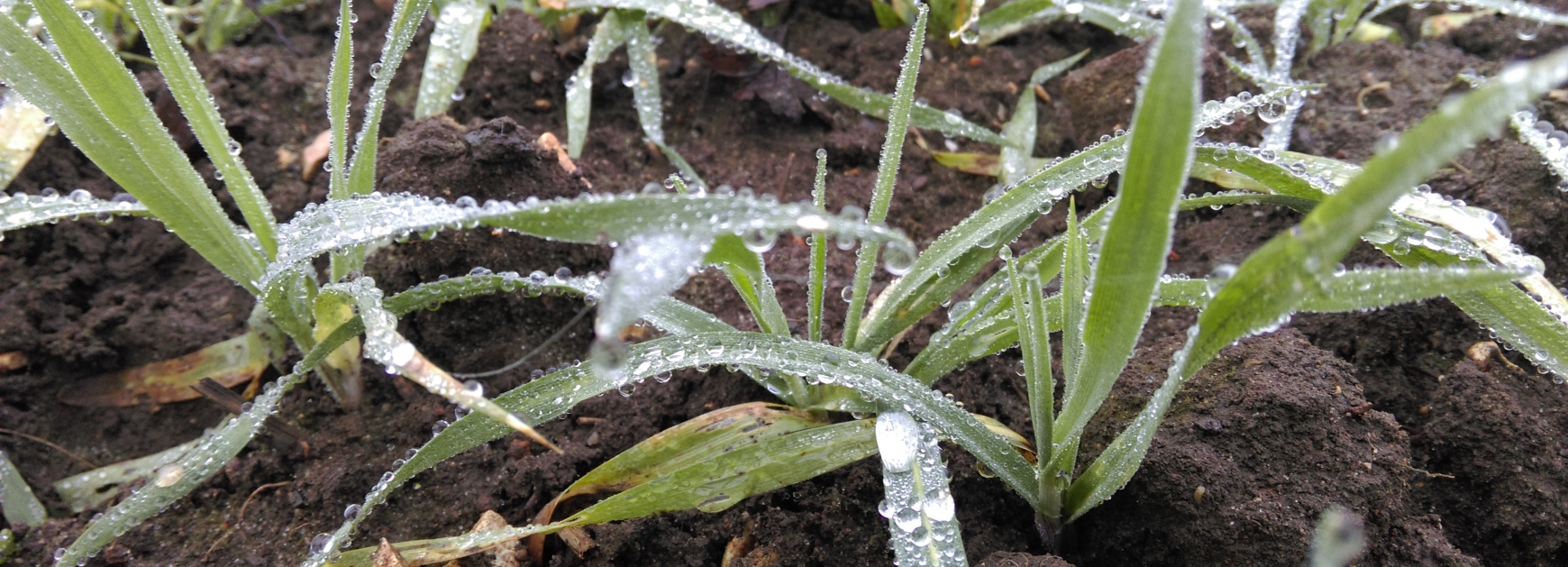On Wednesday 24 January, hosted by Bordon Hill Nurseries, GrowSave presented a workshop on glasshouse humidity control to a group of 18 growers. The focus was very much on the fundamentals, with the workshop targeting those who would like to develop their understanding of some of the science and techniques behind good humidity control practice.
Jon Swain and Ed Hardy of GrowSave presented information, starting with some definitions of terms, such as Relative Humidity, Absolute Humidity, Humidity Deficit and Vapour Pressure. Growers were familiar with some, but perhaps not all, of the terminology, and what was most relevant varied depending on the type of crop grown. For example, ornamentals growers tend to use Relative Humidity, whereas edibles growers might use Humidity Deficit.
With the basics of greenhouse maintenance out of the way, the group looked at some of the science behind the subject, known as psychrometrics, and were introduced to the Mollier diagram. This diagram links temperature and water vapour quantity to measures of humidity that we are familiar with. Worked examples helped to decipher the Mollier diagram before the group tackled some practical problems on their own. After a short while attendees were quickly able to understand it and how they might use it to carry out some simple calculations on their own nurseries.
Over the lunch break, the group enjoyed a short tour of the host nursery, which grows ornamental plants. Interestingly, some areas of the site use misting, introducing water to the glasshouse; often, humidity control is thought of only as reducing moisture content. Back in the classroom, Jon presented on the topic of measuring boxes, including where to place them, how to use them and how to maintain them. A measuring box is usually connected to a climate control computer, which has pre-determined set points. Good placement of the box is important, therefore, to ensure the crop is being measured accurately and that external factors are not having a disproportionate influence.
The group was interested to learn that conventional ‘heat then vent’ strategies can cost up to 8% more than the more efficient ‘vent then heat’ approach. Where the former vents freshly heated air almost immediately, the latter strategy sees warm, moist air exchanged for colder but drier air. This new air is then heated to the desired temperature. In this way, only the required amount of air is exchanged and heated to achieve the target humidity and temperature.
The presentations also considered the use of vents and screens, as well as the role air movement, can play in achieving an even climate.
The workshop offered a good balance of taught content and practical application of the concepts being discussed, giving the growers a good grasp of the fundamental principles of what is often considered a complex and confusing topic. You can download the presentations from the event here.


